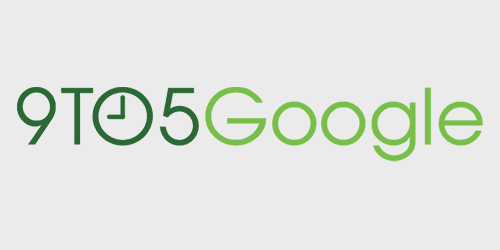Google confirms prescription frames & lenses in the works for Google Glass, shows off prototype


There have been many people who wear prescription glasses wondering whether they too would be able to wear Google Glass with prescription frames. Today, Google confirmed that the Glass’ modular design will indeed allow users to add frames and lenses that match their prescription. Google also showed off one of the prototypes currently in testing. The image above is of Glass team member +Greg Priest-Dorman sporting prescription frames with Google Glass.
One of the questions we hear the most is whether there will be a prescription solution for Glass. The short answer is: yes! The Glass design is modular, so you will be able to add frames and lenses that match your prescription. We understand how important this is and we’ve been working hard on it
Unfortunately, the ability to wear prescription frames and lenses won’t be available to those lucky enough to get their hands on the Explorer Edition when it’s eventually released. Google said you could expect to see the frames for Glass later this year.
